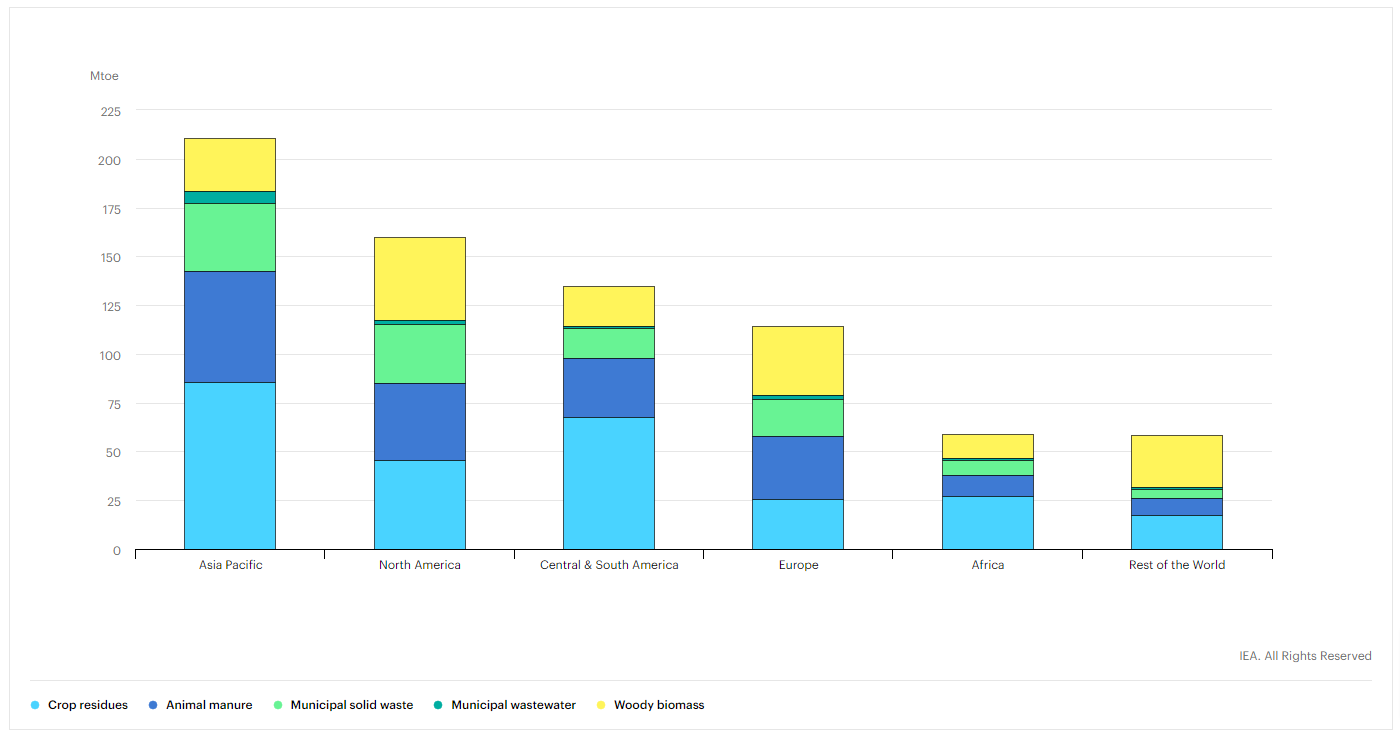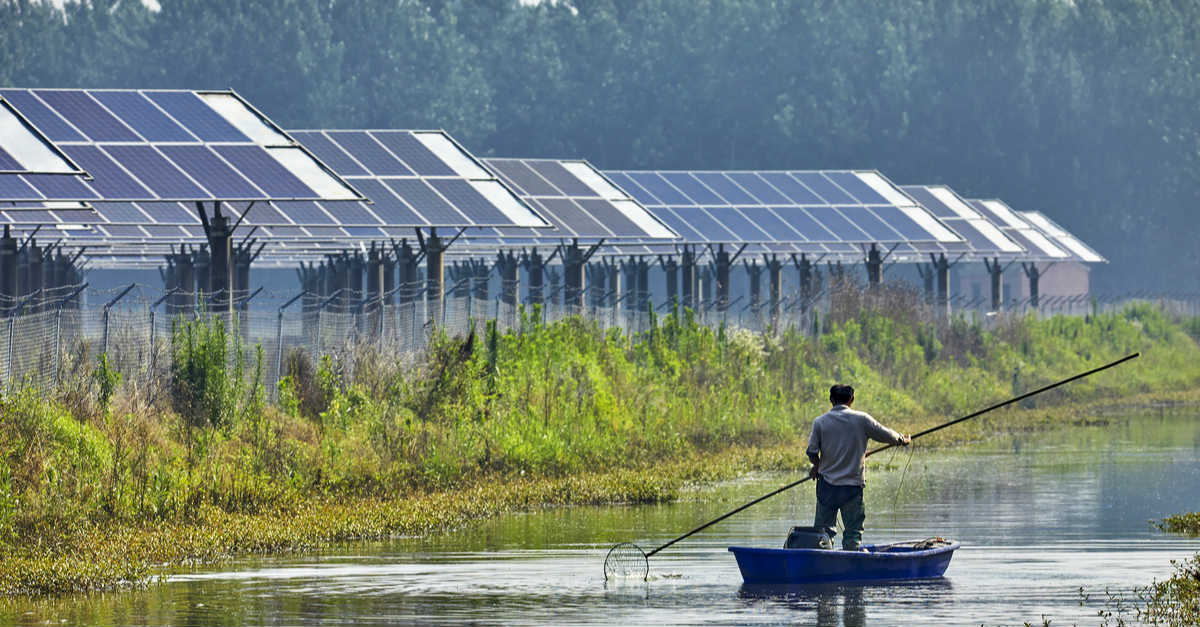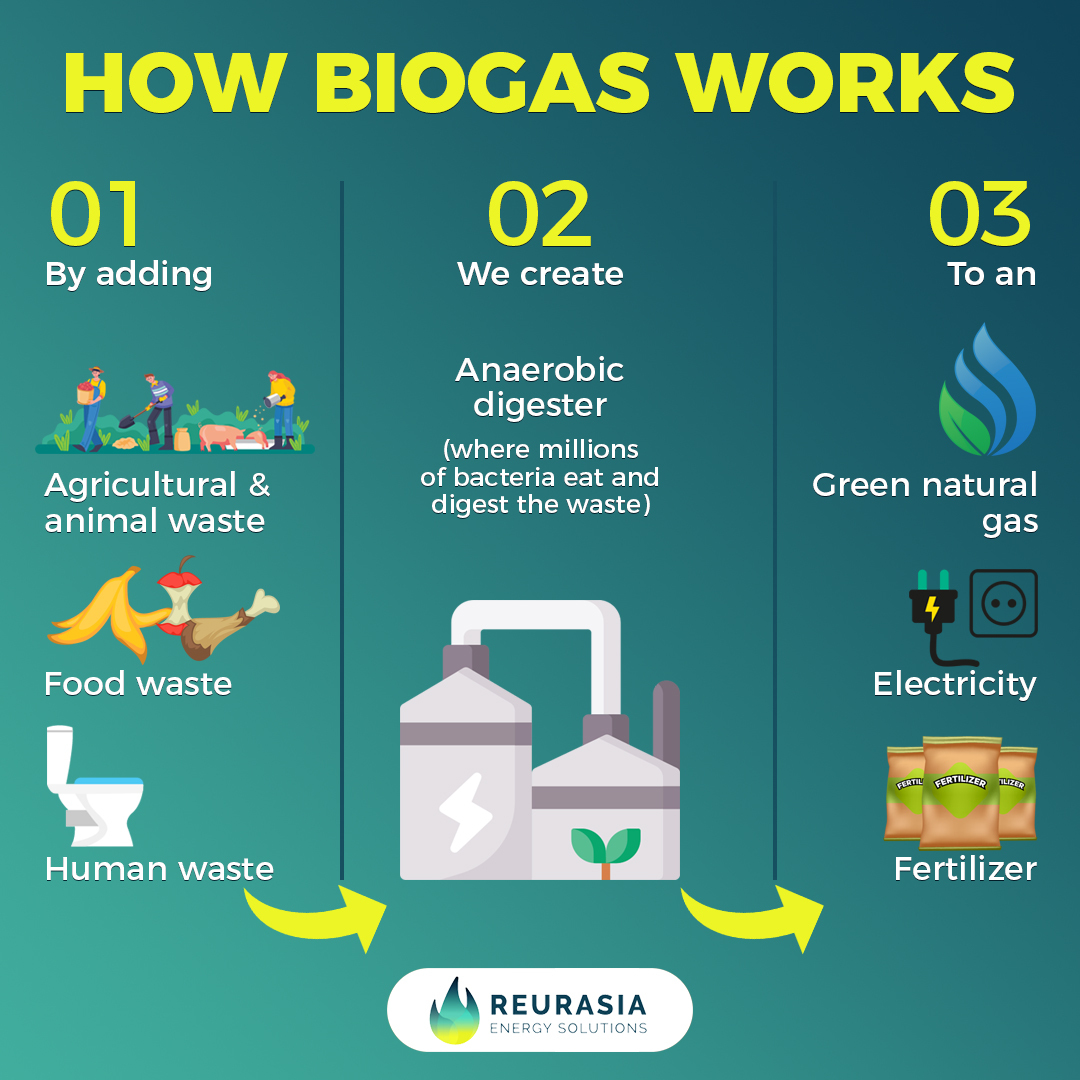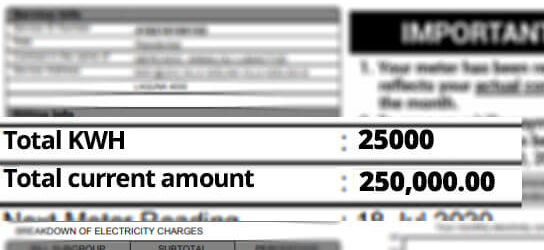Biogas is increasingly becoming the most viable option for ASEAN member countries looking to diversify their energy mix. Biogas is a type of biofuel that is produced from the decomposition of organic waste such as manure, agri-food waste or grease. This solution decomposes these materials in an anaerobic environment (an environment absent of oxygen) to create a mixture of gasses consisting mainly of methane and will be the fuel for CHP (combined heat and power) plants to create electricity and heat.
Supply and Demand
The main reason why BIOGAS is looking to be the most viable renewable energy source for ASEAN countries boils down to basic economic supply and demand.
On the supply side, the ASEAN region is a large producer of agricultural products, and in turn produces huge quantities of agricultural organic waste that can be used as feedstock for biogas plants. According to a report by IEA: Outlook for biogas and biomethane: Prospects for organic growth, the availability of sustainable feedstock for the purposes of biogas is set to grow by 40% over the period to 2040 and the largest opportunities lie across the Asia Pacific region. Because of this, the outlook for biogas energy consumption over the next few years is very positive.

On the demand side, a huge portion of the ASEAN population in remote areas still don’t have access to electricity and because of inaccessibility. Because if this, off-grid or standalone electricity solution is the way to go. With the relatively simple and user friendly design of biogas and its benefits to rural and agricultural communities, it has become the most viable energy source for these areas. They just need to feed the biogas digester with organic waste already available from their agricultural industries and they will have access to energy that can be used for cooking and lighting. The fully digested waste, being fully organic and rich in nutrients, can be used as fertilizer for crops.
Push for renewable energy capacity
Under the second phase of the ASEAN Plan of Action for Energy Cooperation (APAEC) 2021-2025, energy ministers agreed to target 35% of the energy supply in the region to come from renewable energy sources by 2025. This means 35GW-40GW of renewable energy capacity will be added by 2025
With regional leaders in the ASEAN fully committed to increasing renewable energy sources in the region’s energy mix and Biogas becoming the most viable renewable energy source simply because of the region’s main industries and basic supply and demand, the Biogas sector have a strong case, if not becoming the new trend among renewable energy sources in the ASEAN region.




